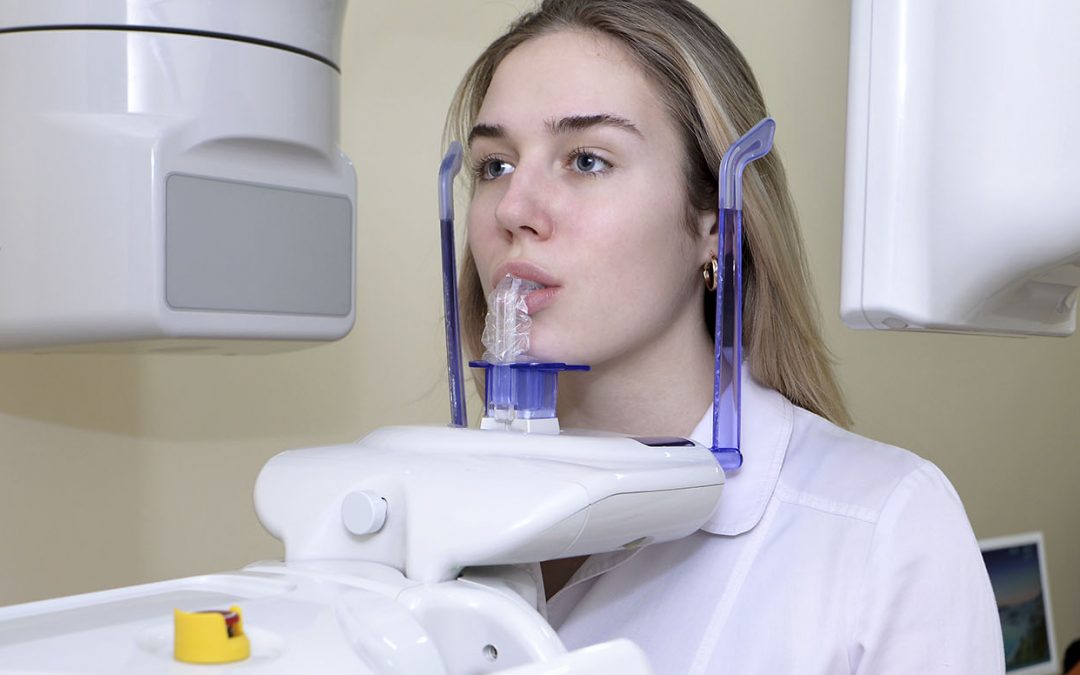ISO 1797 Dental Burs Shank and Head Strength Testing
The ISO 1797 standard specifies a method for determining the tensile strength of dental burs' shanks and heads. This test is crucial in ensuring that dental instruments meet stringent quality standards, thereby enhancing patient safety and operational efficiency.
Dental burs are essential tools used by dentists to perform various procedures such as drilling, cutting, and shaping tooth structure during dental work. The integrity of the bur's shank and head directly impacts its performance and longevity. A weak or brittle bur not only compromises the quality of care but also increases the risk of injury to both patients and dental professionals.
The ISO 1797 test procedure involves subjecting a sample of the dental bur to tensile loading until failure occurs. The load at which this failure happens is recorded as an indication of the material's strength. This method ensures that manufacturers produce burs that can withstand the stresses encountered during routine use.
The shank and head of a dental bur are critical components affecting its overall performance. The shank must be strong enough to transmit torque from the handpiece to the cutting portion without breaking, while the head needs to resist deformation under pressure. Any compromise in these areas can lead to unpredictable results during dental procedures.
By adhering to ISO 1797 standards, manufacturers ensure their products comply with global quality benchmarks, which is essential for maintaining market credibility and meeting regulatory requirements across different regions. Compliance also facilitates smoother international trade by eliminating barriers related to product acceptance in various countries.
Understanding the importance of this test requires a brief overview of dental burs' typical usage scenarios:
- Drilling: Used for removing decayed tooth material and preparing cavities for fillings or crowns.
- Dentists use high-speed handpieces with burs to create precise holes within the tooth structure.
- Cutting: Essential for shaping teeth before placing restorations like inlays, onlays, or veneers.
- The bur cuts through enamel and dentin smoothly while maintaining control over the amount of material removed.
- Shaping: Preparing the tooth for a dental crown by contouring its surface to fit the restoration accurately.
- This process ensures that the final restoration fits perfectly, enhancing both aesthetics and functionality.
The ISO 1797 test plays a vital role in validating these critical functions, ensuring consistent performance across all manufactured dental burs. This testing contributes significantly to improving patient safety by reducing the likelihood of bur breakage during procedures.
Why It Matters
The integrity and strength of dental burs' shanks and heads are paramount for several reasons:
- Patient Safety: Ensuring that the bur can withstand the forces exerted during use prevents accidental breakage, which could result in injury to both the patient and dentist.
- Operational Efficiency: Robust burs enhance productivity by reducing downtime for replacement and decreasing the frequency of instrument changes during long procedures.
- Product Durability: Compliance with ISO standards guarantees that the bur will last longer, providing better value for money for dental practices.
- Regulatory Compliance: Adherence to international standards ensures seamless compliance with local and international regulations, facilitating easier market entry.
In essence, ISO 1797 testing is not just about meeting a set of specifications; it's about delivering reliable products that contribute positively to the dental industry. By investing in robust quality assurance processes like this test, manufacturers can build trust with clients and stakeholders alike.
Scope and Methodology
| Test Parameters | Description |
|---|---|
| Tensile Load Application | The bur is subjected to a predetermined tensile load until failure occurs. |
| Sample Preparation | Burs are cleaned and conditioned according to manufacturer guidelines before testing. |
| Loading Configuration | Specimens are clamped in a universal testing machine with appropriate fixtures. |
| Data Collection | Load-displacement data is recorded throughout the test until failure. |
The ISO 1797 standard provides detailed guidelines on how to conduct this test effectively. Specimens are typically prepared by selecting representative samples from production batches, ensuring that they accurately reflect the characteristics of the entire lot. Once prepared, these specimens undergo tensile loading until failure.
The universal testing machine used for this purpose should have a load cell capable of measuring loads up to at least 10 kN with an accuracy better than ±1%. Strain gauges are attached to monitor displacement accurately during the test. Data collected includes both force and elongation values, which help in calculating the tensile strength.
Acceptance criteria for ISO 1797 tests include:
- Tensile strength must be within specified limits outlined by the manufacturer.
- No visible defects or fractures should appear on the bur's shank and head before failure.
These stringent requirements ensure that only high-quality dental burs pass inspection, contributing to improved patient care standards worldwide.
Why Choose This Test
- Enhanced Quality Assurance: Regular ISO 1797 testing ensures consistent product quality across all batches produced by the manufacturer.
- Global Acceptance: Compliance with international standards makes it easier for manufacturers to export their products globally, reducing market entry barriers.
- Regulatory Requirement: Many countries require dental instruments to comply with ISO standards to ensure they meet safety and performance requirements.
- Informed Decision-Making: Quality managers and compliance officers can rely on test results when making purchasing decisions or setting quality benchmarks for in-house products.
- Performance Improvement: Continuous testing helps identify areas where improvements are needed, leading to enhanced product performance over time.
- Patient Safety: Ensures that dental instruments perform reliably under stress conditions, minimizing the risk of accidents during procedures.
In summary, choosing ISO 1797 testing for dental burs shank and head strength is a strategic decision aimed at maintaining high standards in dental healthcare. It supports both the manufacturer's reputation and the overall well-being of patients receiving treatment.





